No products in the basket.
Blog
How Does a Septic Tank Work? – The Basics
How does a septic tank work? Well, off mains drainage can cause a bit of confusion, but not to worry because In this blog we are going to be covering the basics of septic tanks and hopefully answering any questions that you may have surrounding this topic. The basics that you are going to need can all be found here in this blog!
What is the job of a septic tank?
First and foremost, let’s define what we are going to be talking about. A septic tank is a very big container that is installed underground and is in place in order to safely store and adequately treat wastewater. You will find that these are installed commonly for properties that can’t be connected to the mains sewage system. This is usually something like an old barn renovation along with other projects of this nature.
The material used for septic tanks is tough and durable. For example, glass reinforced plastic and high density polyethylene are the most common. This is because glass reinforcement plastic and high density polyethylene are known for having an exceptional ability to resist corrosion while being lightweight. Furthermore they are non conductive and non-sparking meaning there is minimal risk of the tank becoming a hazard due to uncontrollable accidents. In short these materials make them strong and reliable materials that can be trusted when given the job of storing the nasty stuff!
How does a septic tank work?
Whether you are using a single or multi-chambered septic tank, they all work in the same way. The force of gravity is used to help separate liquid waste from solid waste that comes into the tank directly from the properties foul water drainage pipe.
So, essentially, the process would take place like this. The lighter solids within the wastewater as well as any oil or grease float to the surface of the septic tank. This creates a layer known as the ‘scum layer’. Whereas all the heavier solids sink to the bottom of the tank. Within the tank, anaerobic bacteria develops and helps to break and digest the heavier solids. The layer that is created at the bottom of the septic tank is known as the ‘sludge layer’. In between these two layers is where the other liquids sit before flowing out of the tank and into another type of underground drainage system such as a soakaway. The reason for this is because the unwanted discharge can then be left to disperse into a surrounding field or something of this nature.
Under what circumstances will you be required to have a septic tank?
If, in any way, your property can not be connected to the public sewage system, then you will need to look into getting a septic system that takes the water and discharges it into a suitable watercourse. This may be somewhere like a local watercourse or a ditch.
Is there a difference between sewage treatment plants and a septic tank system?
There is often confusion between the two because they both rely on gravity in order to separate both liquid and solid waste. The main thing to remember is that sewage treatment plants actually treat the water and clean it to a point where it is near clean effluent. This is not the case with a septic tank as the job of the septic tank is not to discharge into a watercourse and, therefore, it does not clean the water.
In a sewage treatment plant, once the solids are separated, the growth of aerobic bacteria is promoted through the use of an air pump. With more of these bacteria growing, the effluent within the tank becomes cleaner and less likely to harm the environment in any way. Due to the added stage of treatment, the discharge is ultimately cleaner, meaning that it is able to discharge directly into a watercourse.
If the rules and regs you’re looking for you can check out our other blog post: Septic tank regulations 2022 here!
What is the difference between a septic tank and a cesspool?
Cesspools cesspit tanks are storage tanks for effluent and do not treat it in any way whatsoever. They must be regularly checked and emptied to stop them from overflowing.
Unlike a septic tank, there is no direct discharge point for a cesspool. It is merely a place for storage that needs to be emptied more regularly. At EasyMerchant we would say that a cesspool should be a last resort for drainage, as it is not as effective as other options.
What is the difference between types of septic tank?
All septic tanks come in different sizes and materials, but they are often installed differently.
If it is a GPR tank that you are dealing with, then it is more lightweight, so it will not require as much heavy lifting equipment. However, they are also more likely to be damaged by transport. Septic tank onions tend to be used for domestic use in gardens due to the fact that they take up less space beneath the garden. If you opt for a shallower tank, then just ensure that you are aware that they often take up more horizontal space. If you don’t know, then be sure to check the site regulations as this is often the deciding factor as a pose to personal preference.
Another difference worth considering is the lifespan that you get with each tank. Below is a list of the life expectancy for each tank:
- Steel septic tanks have a life expectancy of 20 years maximum.
- Plastic/HDPE or GRP have a life expectancy of 30 years.
- Concrete tanks can last up to 40 years.
If there is anything that needs to be considered if I am buying a house/property with a septic tank?
When you purchase a property that uses a septic tank, once the deal is made, you are fully responsible for it. For this reason, you should be certain that you know the system and are aware of what you’re getting into.
We have put together three primary questions you should consider thinking about asking the previous owner:
- What are the costs of emptying the tank?
- Have there been any problems with the system that I should know about?
- When was the system installed?
A roundup
So your understanding of how a septic tank works and the other important bits you should know will hopefully be a bit clearer now. We would recommend that if you are going to take away anything from this blog it should be that septic tanks are in place to store and treat water to a point where it is safe to get rid off. However they do not have the same role as sewage treatment plants, so try and not get them confused!
As always, if there is anything else that we are able to help with, please don’t hesitate to get in contact with us and we will do what we can in order to help!
Phone: 01371 850 120
Email: sales@easymerchant.co.uk
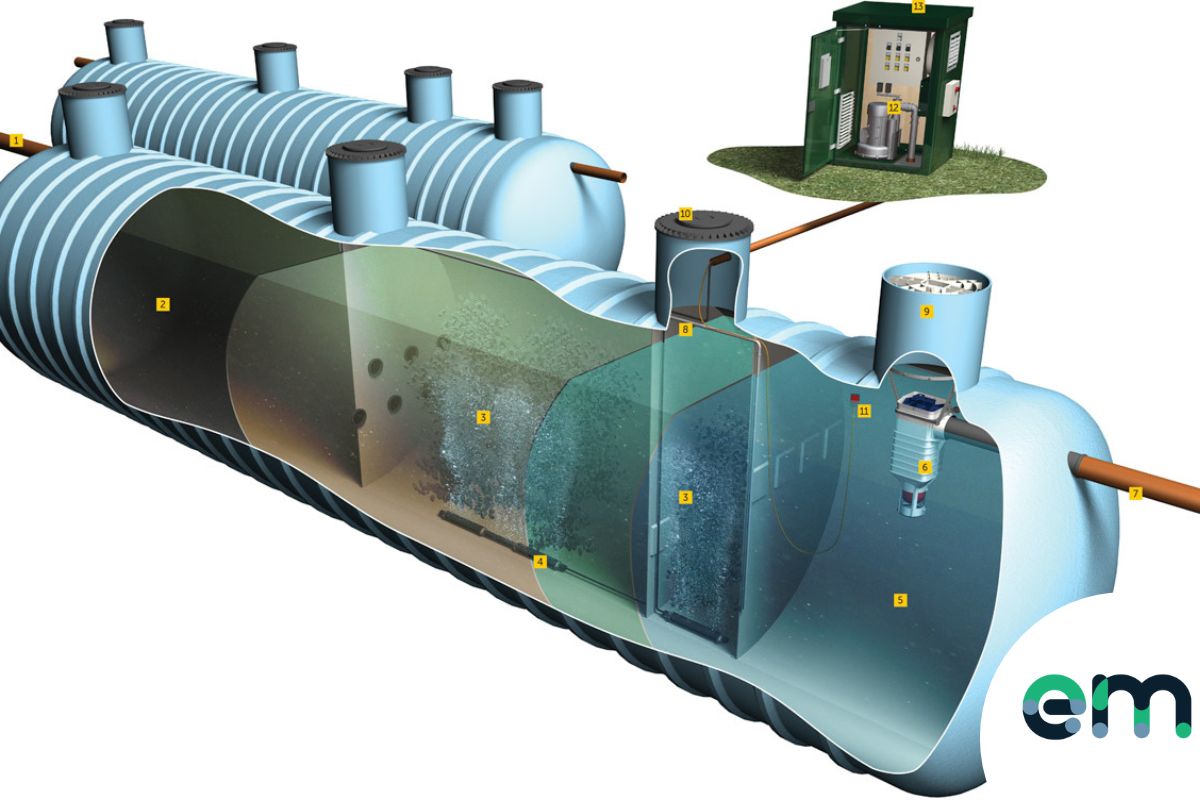
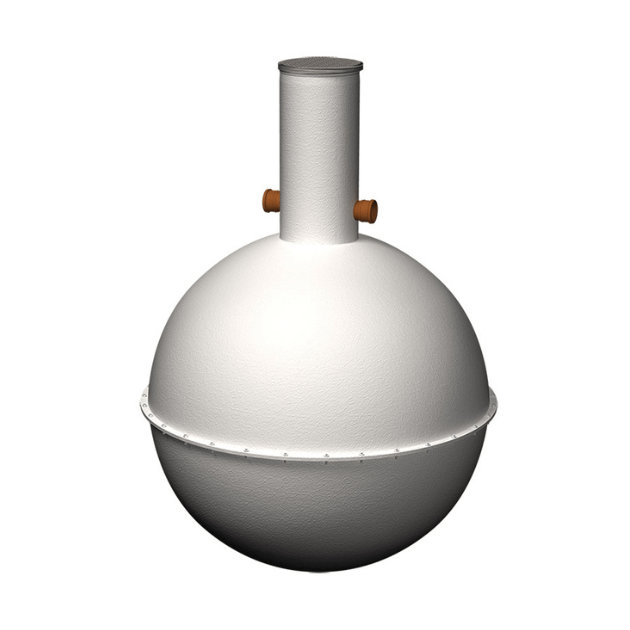
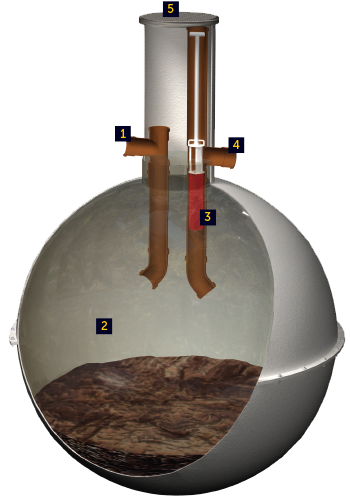
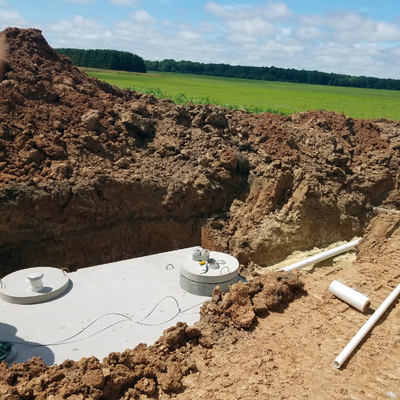
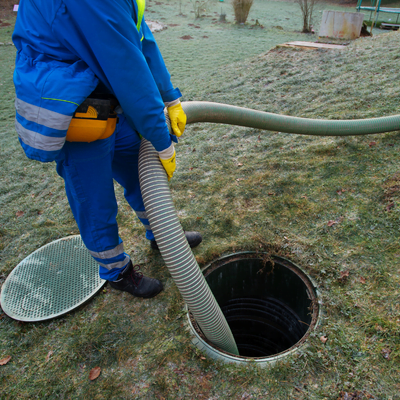
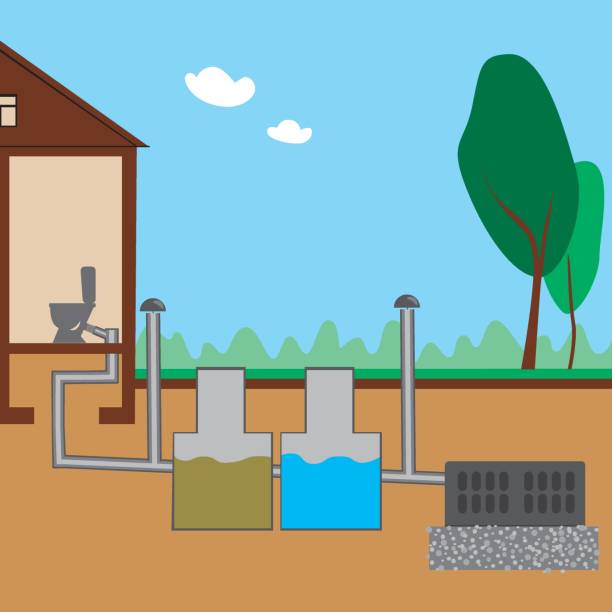
A septic tank works by separating solids and liquids in wastewater. Solid waste settles at the bottom as sludge, while oil and grease float to the top as scum. Anaerobic bacteria break down the organic matter. The liquid effluent exits the tank and enters the drain field for further treatment. Regular maintenance by professionals ensures proper functioning and longevity of the system.